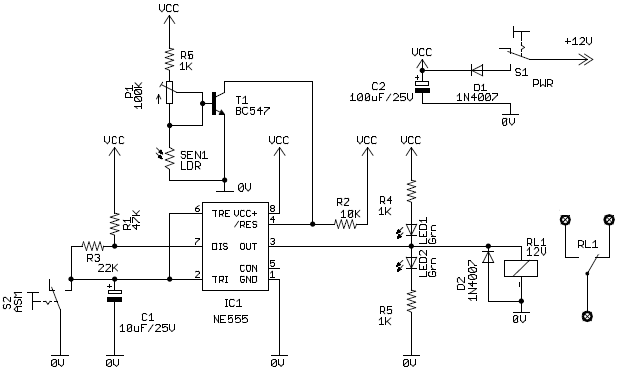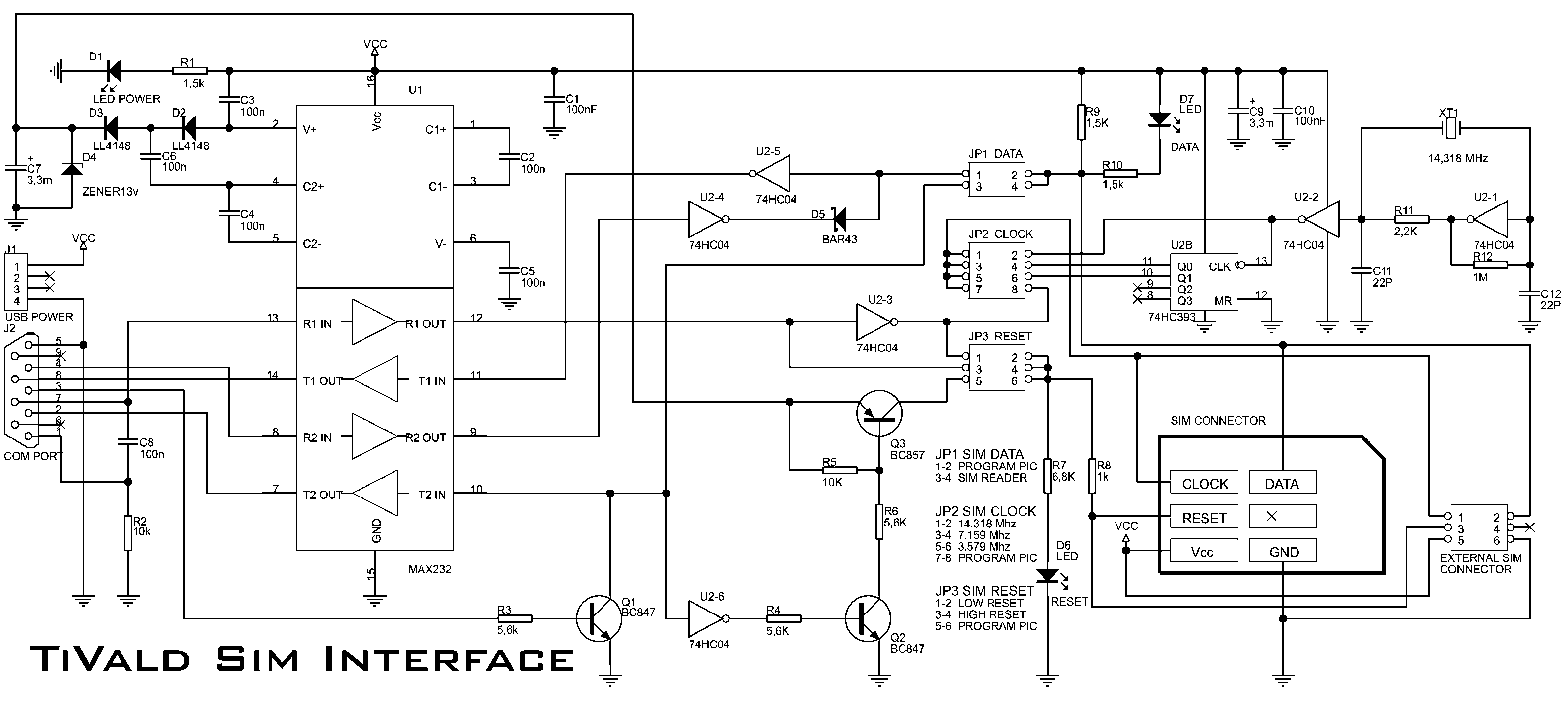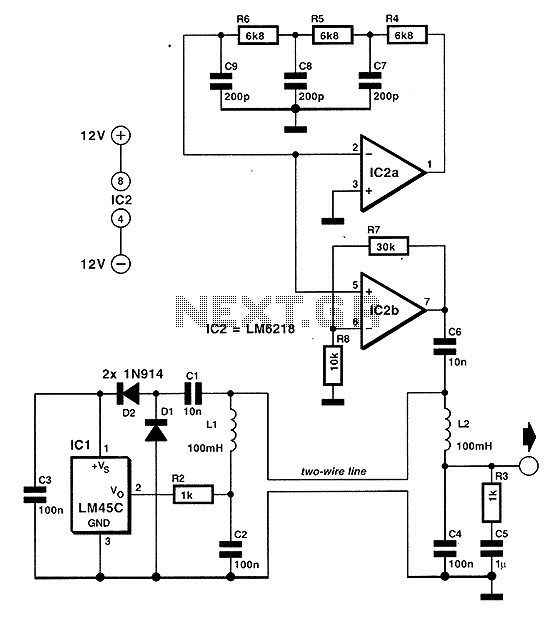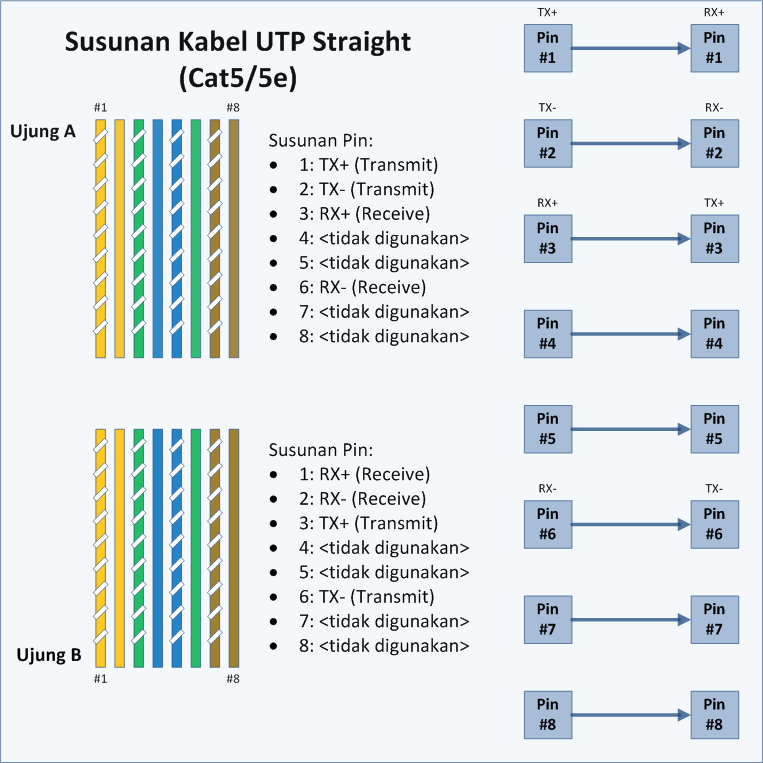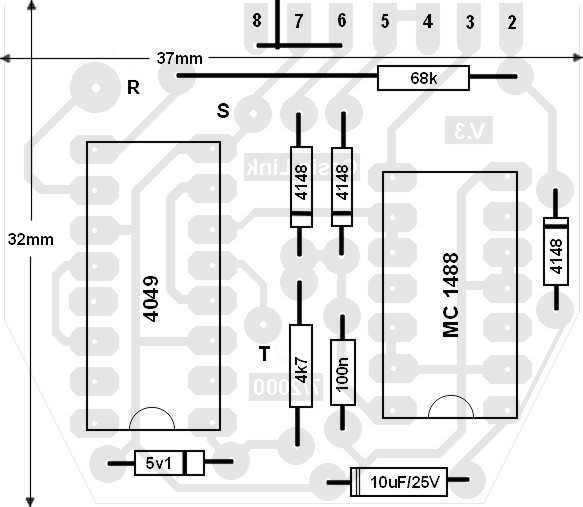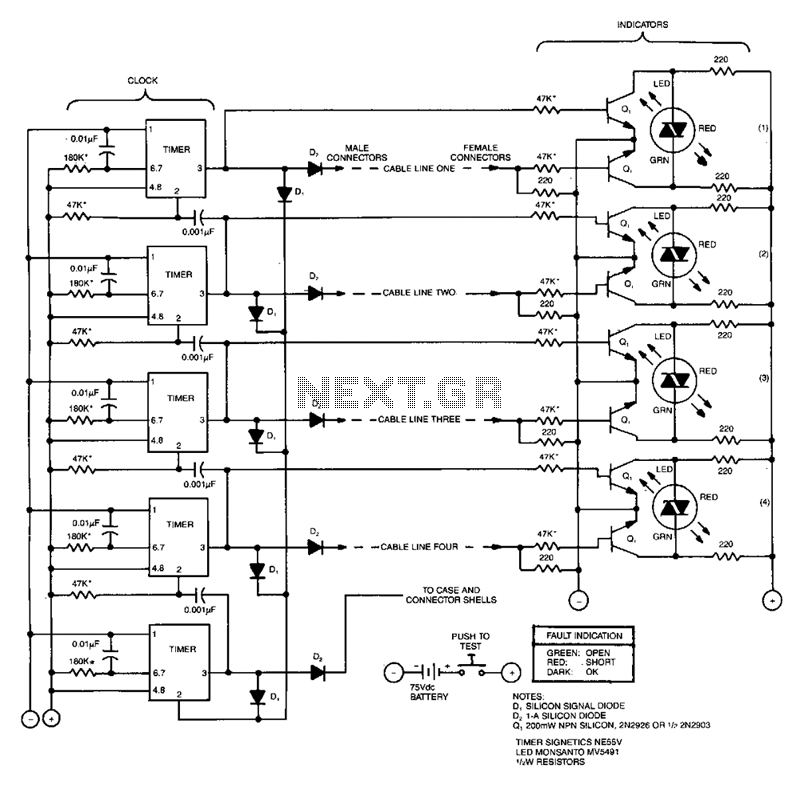
GS1674 Adaptive Cable Equalizer
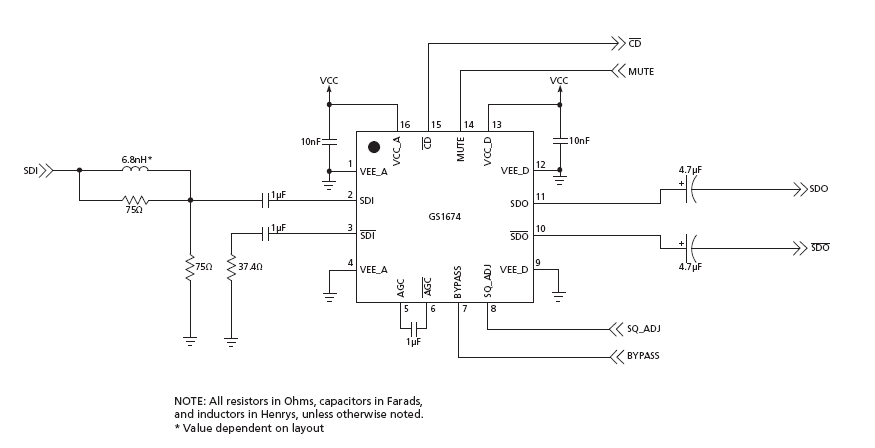
The GS1674 is a high-speed BiCMOS integrated circuit designed to equalize and restore signals received over 75-ohm coaxial cable. The device is optimized for performance at 270 Mb/s and 1.485 Gb/s and features DC restoration to compensate for the DC content of SMPTE pathological test patterns. The Carrier Detect output pin (CD) indicates whether a valid input signal has been detected. It can be connected directly to the MUTE pin to mute the output on loss of carrier. The sensitivity of the carrier detect can be easily programmed to allow the GS1674 to distinguish between low-amplitude SDI signals and noise at the input of the device. The equalizing and DC restore stages are disengaged when the BYPASS pin is HIGH. No equalization occurs in Bypass mode.
The GS1674 integrated circuit is engineered to enhance the integrity of high-speed digital signals transmitted over 75-ohm coaxial cables, which are commonly used in broadcast and professional video applications. Operating at data rates of 270 Mb/s and 1.485 Gb/s, the device employs advanced BiCMOS technology to achieve low power consumption while maintaining high performance.
Key features include a DC restoration mechanism that effectively compensates for any DC offsets introduced by SMPTE pathological test patterns, ensuring that signal fidelity is preserved over long cable runs. The Carrier Detect (CD) output pin serves a critical function by indicating the presence of a valid input signal. This feature is particularly useful in automated systems where signal integrity is paramount. The ability to connect the CD pin directly to the MUTE pin allows for automatic muting of the output when a carrier signal is lost, thereby preventing unwanted noise from being passed through.
The sensitivity of the carrier detection circuit can be adjusted, enabling the GS1674 to differentiate between low-amplitude Serial Digital Interface (SDI) signals and background noise. This programmability is essential for applications where signal quality may vary significantly due to environmental factors or cable degradation.
Additionally, the GS1674 includes a Bypass mode, activated by setting the BYPASS pin HIGH. In this mode, the equalization and DC restoration functions are disabled, allowing for direct signal pass-through. This feature is useful in scenarios where the input signal is already well-conditioned or when testing the circuit without processing effects.
Overall, the GS1674 is a versatile and robust solution for signal equalization and restoration in high-speed digital video applications, providing essential features for maintaining signal integrity and system reliability.The GS1674 is a high-speed BiCMOS integrated circuit designed to equalize and restore signals received over 75ohm coaxial cable. The device is optimized for performance at 270Mb/s and 1. 485Gb/s, and features DC restoration to compensate for the DC content of SMPTE pathological test patterns.
The Carrier Detect output pin (CD) indicates whether a v alid input signal has been detected. It can be connected directly to the MUTE pin to mute the output on loss of carrier. The sensitivity of the carrier detect can be easily programmed to allow the GS1674 to distinguish between low-amplitude SDI signals and noise at the input of the device. The equalizing and DC restore stages are disengaged when the BYPASS pin is HIGH. No equalization occurs in Bypass mode. 🔗 External reference
The GS1674 integrated circuit is engineered to enhance the integrity of high-speed digital signals transmitted over 75-ohm coaxial cables, which are commonly used in broadcast and professional video applications. Operating at data rates of 270 Mb/s and 1.485 Gb/s, the device employs advanced BiCMOS technology to achieve low power consumption while maintaining high performance.
Key features include a DC restoration mechanism that effectively compensates for any DC offsets introduced by SMPTE pathological test patterns, ensuring that signal fidelity is preserved over long cable runs. The Carrier Detect (CD) output pin serves a critical function by indicating the presence of a valid input signal. This feature is particularly useful in automated systems where signal integrity is paramount. The ability to connect the CD pin directly to the MUTE pin allows for automatic muting of the output when a carrier signal is lost, thereby preventing unwanted noise from being passed through.
The sensitivity of the carrier detection circuit can be adjusted, enabling the GS1674 to differentiate between low-amplitude Serial Digital Interface (SDI) signals and background noise. This programmability is essential for applications where signal quality may vary significantly due to environmental factors or cable degradation.
Additionally, the GS1674 includes a Bypass mode, activated by setting the BYPASS pin HIGH. In this mode, the equalization and DC restoration functions are disabled, allowing for direct signal pass-through. This feature is useful in scenarios where the input signal is already well-conditioned or when testing the circuit without processing effects.
Overall, the GS1674 is a versatile and robust solution for signal equalization and restoration in high-speed digital video applications, providing essential features for maintaining signal integrity and system reliability.The GS1674 is a high-speed BiCMOS integrated circuit designed to equalize and restore signals received over 75ohm coaxial cable. The device is optimized for performance at 270Mb/s and 1. 485Gb/s, and features DC restoration to compensate for the DC content of SMPTE pathological test patterns.
The Carrier Detect output pin (CD) indicates whether a v alid input signal has been detected. It can be connected directly to the MUTE pin to mute the output on loss of carrier. The sensitivity of the carrier detect can be easily programmed to allow the GS1674 to distinguish between low-amplitude SDI signals and noise at the input of the device. The equalizing and DC restore stages are disengaged when the BYPASS pin is HIGH. No equalization occurs in Bypass mode. 🔗 External reference
